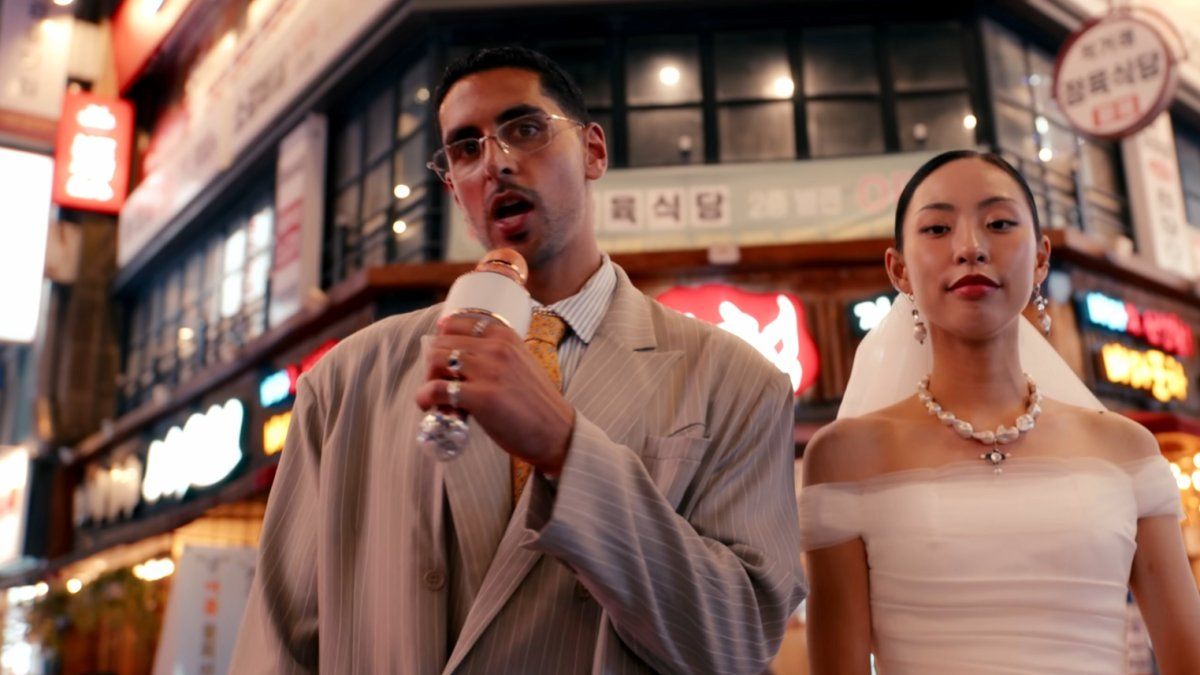Menu
Climate: Working in the heat – how does it do foreign countries?
Categories
Most Read
the discount with which you can save $6,000 on your next ride
October 26, 2025
No Comments
Scott Bessent assured that aid to Argentina will not result in losses for US taxpayers
October 26, 2025
No Comments
The US and China reached a preliminary agreement after two days of trade negotiations
October 26, 2025
No Comments
Sale Sunday! This supermarket launched exclusive promotions for its anniversary
October 26, 2025
No Comments
How much do I earn if I deposit $500,000 from home banking in 30 days
October 26, 2025
No Comments
Latest Posts

Scare for Franco Colapinto in the Mexican GP: he spun that almost left him out of the race
October 26, 2025
No Comments
October 26, 2025 – 17:42 The Argentine pilot was left without a track due to a Stroll maneuver and stepped on the grass. He lost

Psychologists advise avoiding these topics of conversation with your partner
October 26, 2025
No Comments
October 26, 2025 – 16:45 From psychology, specialists recommend analyzing the intention of the conversation and rethinking things if it is about “being right.” The

From football to k-pop: the former Newell’s player who launched himself as a singer in South Korea
October 26, 2025
No Comments
October 26, 2025 – 16:30 After spending time at two important Argentine soccer clubs, he decided to launch his career as a K-pop singer. SABBAG
24 Hours Worlds is a comprehensive source of instant world current affairs, offering up-to-the-minute coverage of breaking news and events from around the globe. With a team of experienced journalists and experts on hand 24/7.

